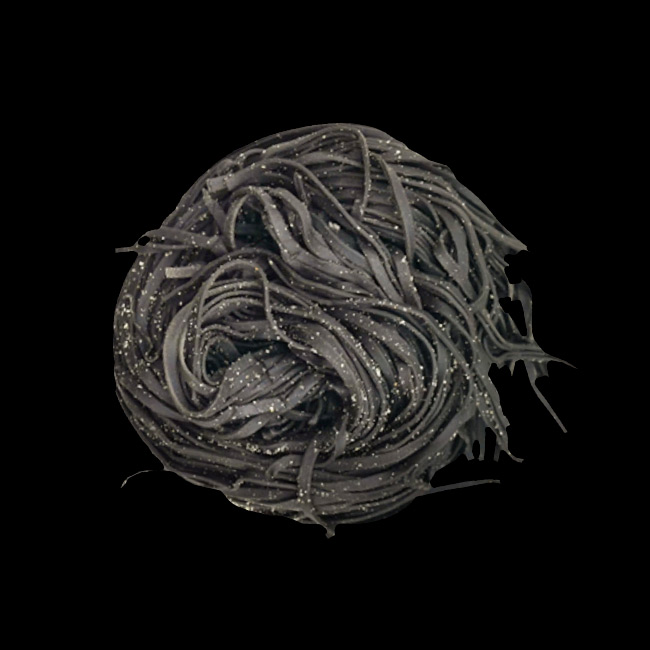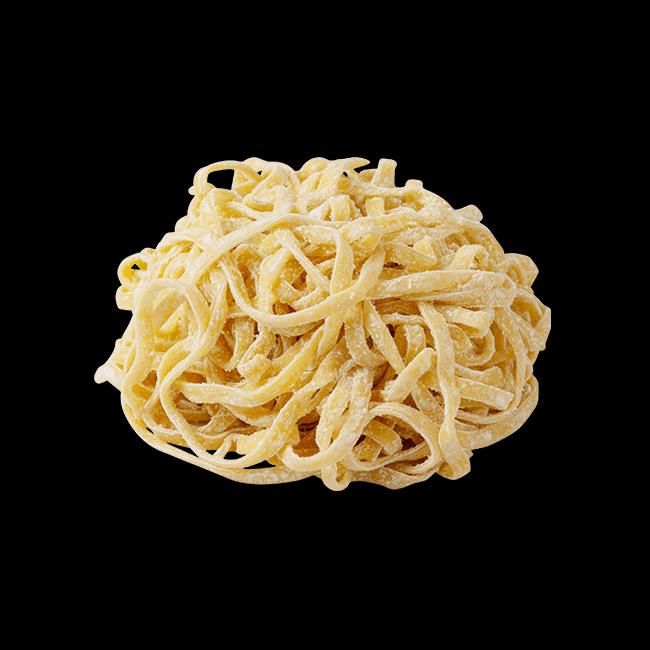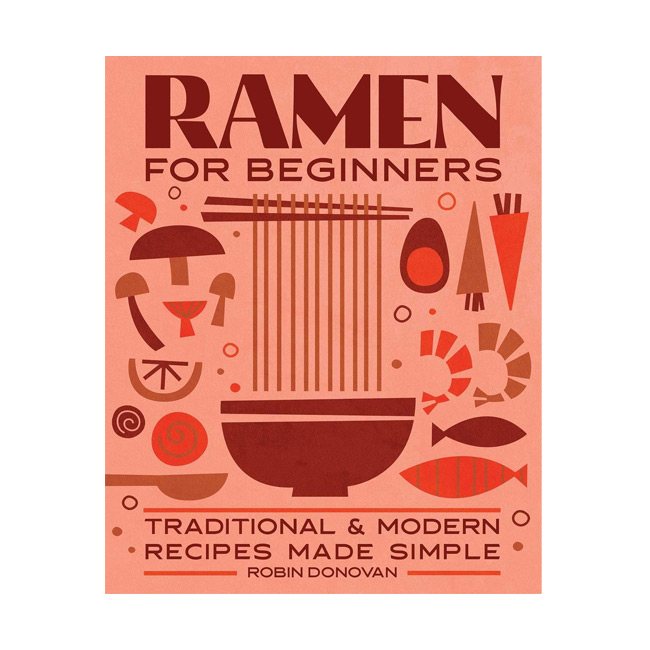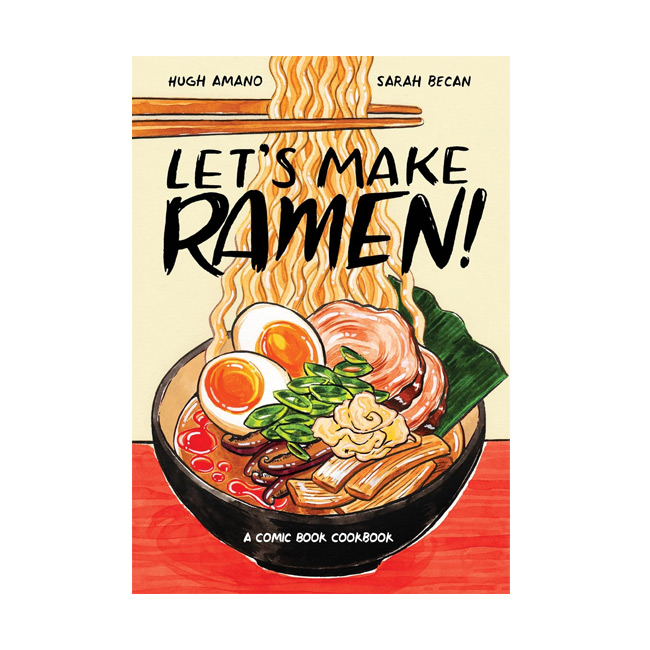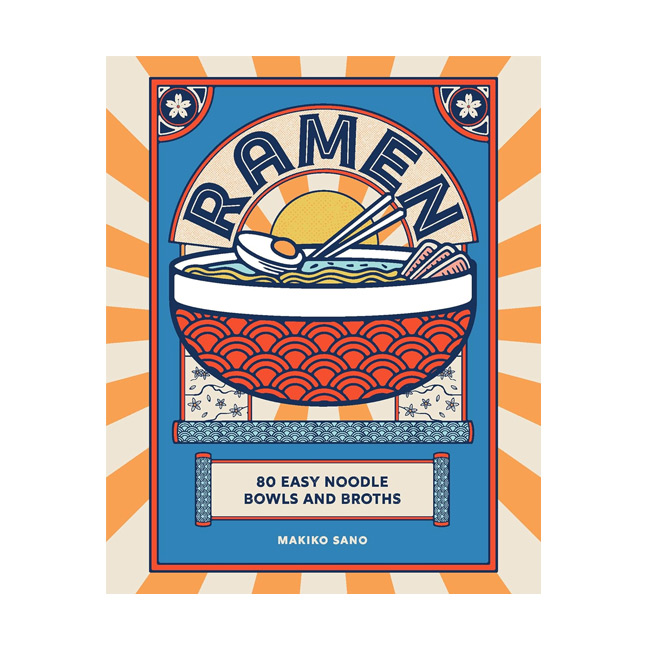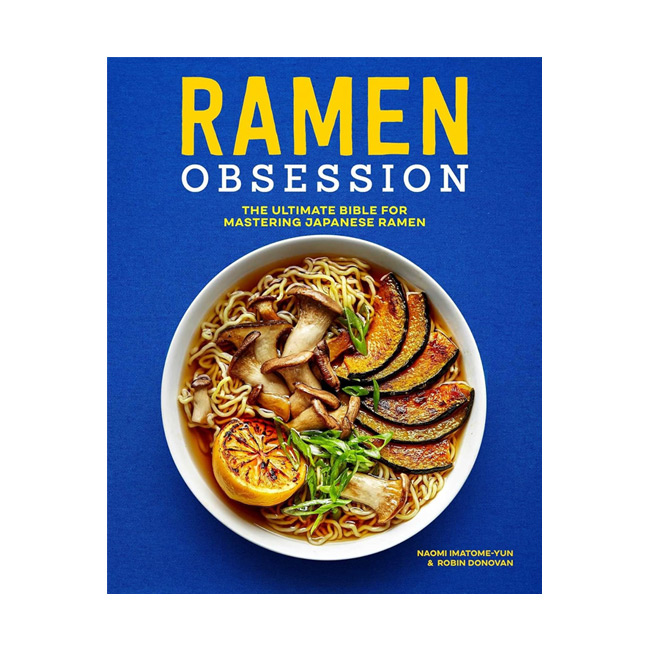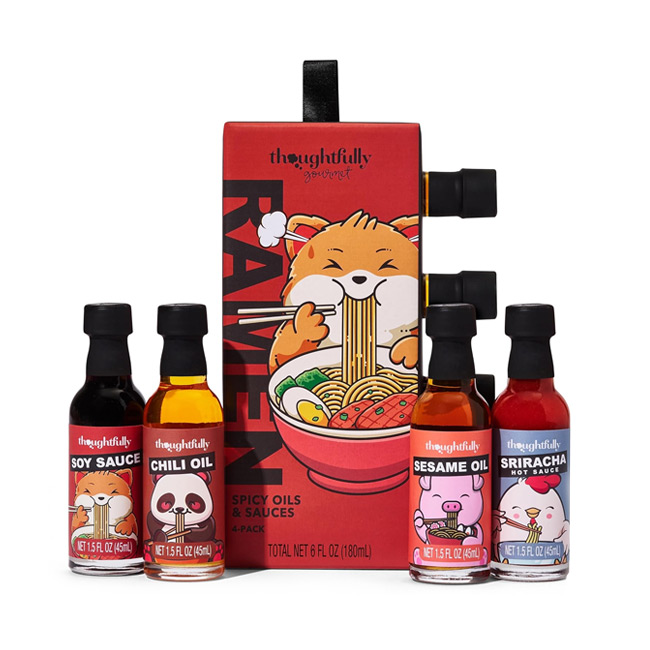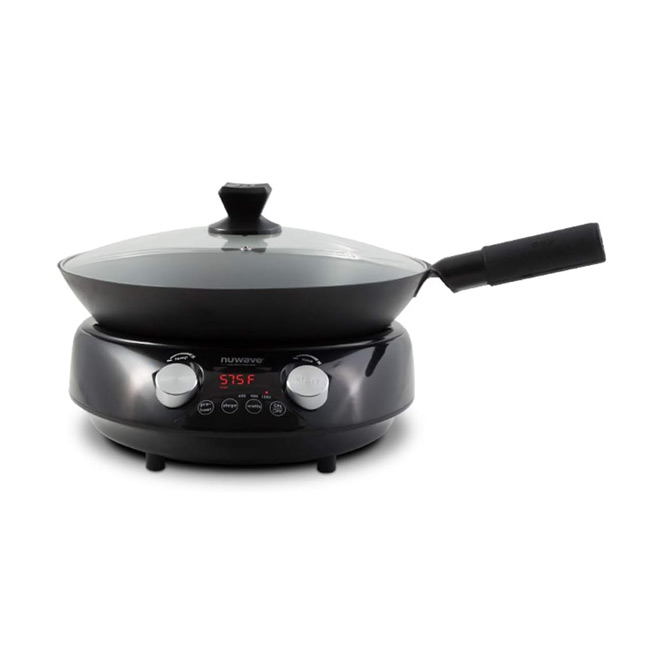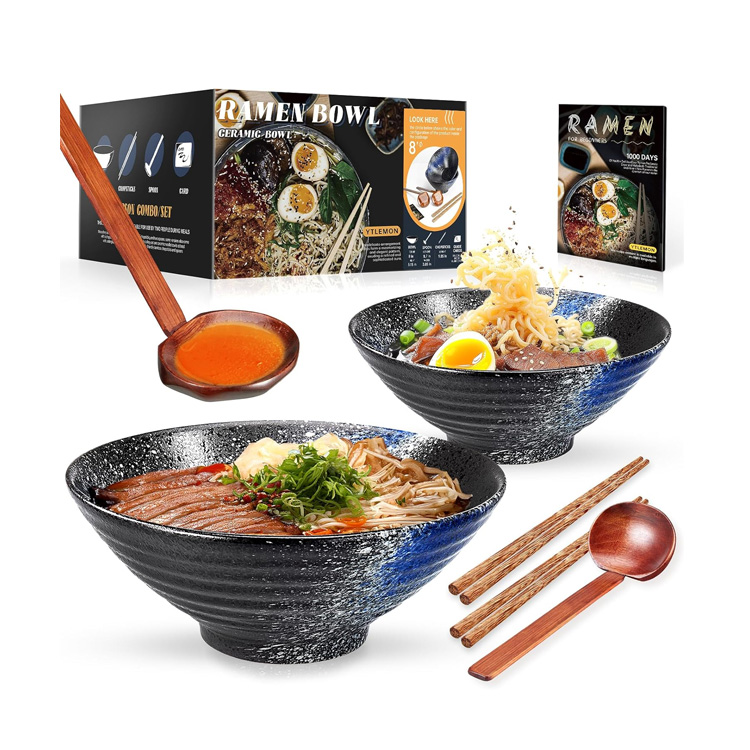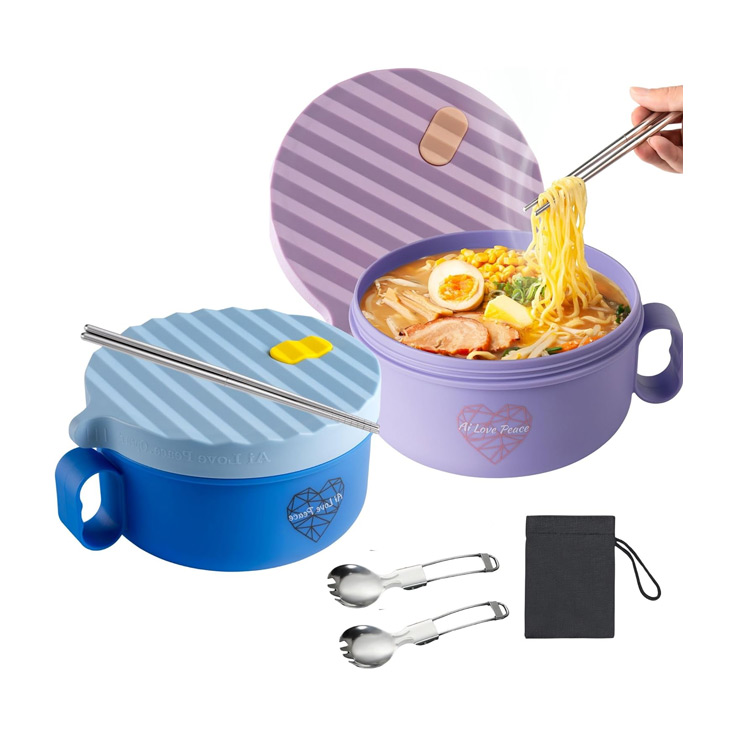Squid ink noodles—often called ika sumi noodles in Japanese—are a striking and flavorful variation of traditional ramen noodles. They’re made by incorporating squid or cuttlefish ink into the dough, resulting in a deep black or dark gray color that gives the dish a dramatic, visually unique appearance.
Squid ink adds a subtle brininess and umami depth, somewhat reminiscent of the ocean but not overwhelmingly “fishy.” It pairs well with seafood-based broths or light, savory sauces that allow the marine notes to come through without overpowering the dish.
The addition of squid ink doesn’t change the texture drastically—it still retains the chewy, bouncy consistency of typical alkaline noodles. However, because it’s often used in artisan or gourmet settings, the dough may be crafted with premium flours or adjusted hydration for a more delicate bite.
Usage and Selection
Squid ink noodles are a specialty ingredient, chosen more for their visual drama and distinct oceanic flavor than for traditional use in classic ramen styles. Their deep black color makes them a striking element in a dish, immediately setting the tone for a more modern or fusion-style presentation. Because of their briny, umami-rich profile, these noodles are best used in ramen that emphasizes seafood-based broths or minimalist shio (salt) broths that allow the subtle ink flavor to shine through.
Chefs typically select squid ink noodles with the intent to elevate the dish’s sophistication, often incorporating refined toppings like grilled squid, scallops, or prawns. They may also use light touches of citrus, herbs, or butter to balance the ink’s earthy salinity. These noodles aren’t ideal for heavier, pork-based broths like tonkotsu, as the strong flavors tend to mask the more delicate taste of the squid ink.
Squid Ink Noodles and Ramen
Most restaurants use charcoal or squid ink noodles seasonally or based on occasion. For example, they can appear in limited-edition ramen menus or in upscale restaurants that experiment with Japanese and European culinary elements.
While not common in everyday ramen shops, squid ink noodles offer a creative departure for those seeking a unique sensory experience—where color, flavor, and aroma come together in a bold, modern twist on a traditional comfort food.
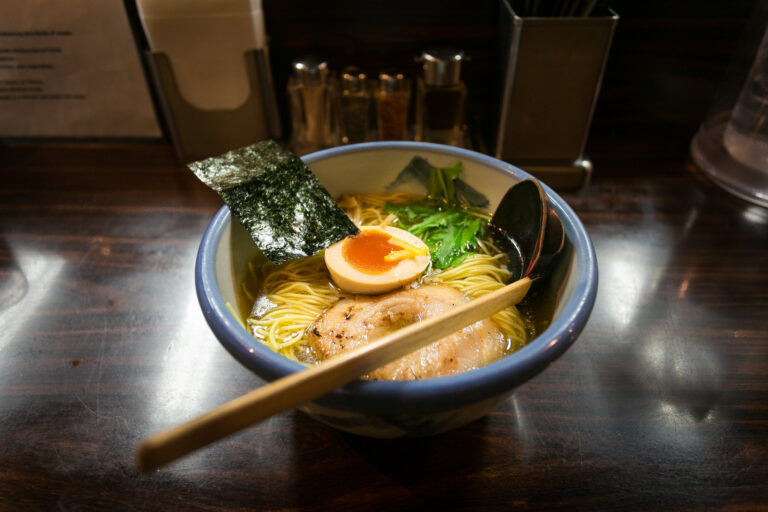
Shio Ramen
Shio Ramen is based on chicken broth. Its main seasoning is salt, and its toppings are usually a refreshing mix of seafood and veggies.
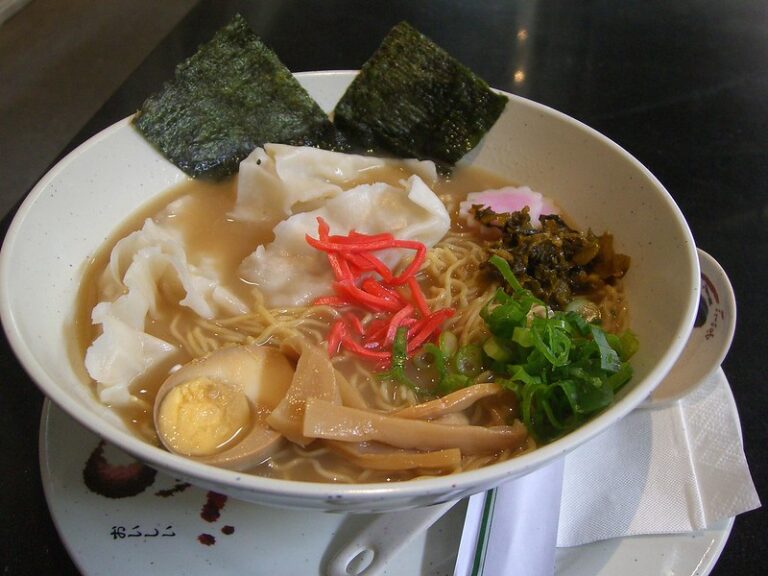
Seafood Tonkotsu Ramen
Seafood Tonkotsu Ramen is a variation of traditional tonkotsu ramen that blends the richness of pork bone broth with the depth of the sea.
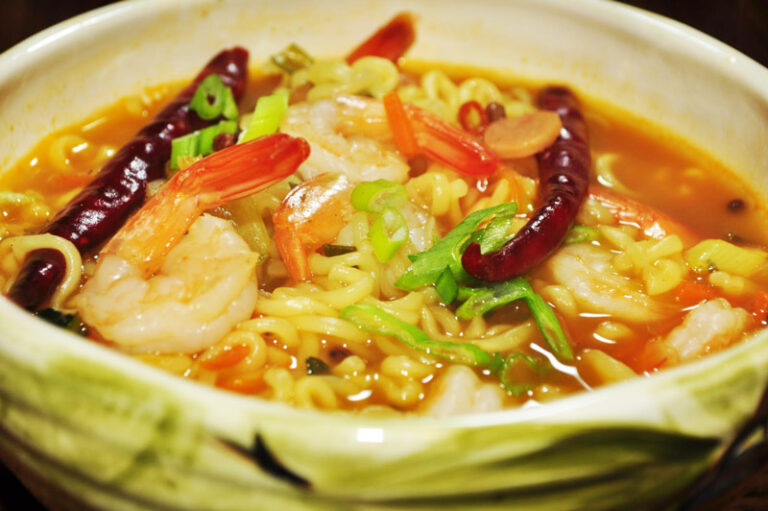
Spicy Garlic Shrimp Ramen
Spicy Garlic Shrimp Ramen is a bold, flavorful ramen style that combines the sweetness of shrimp with the heat of chili and garlic.

